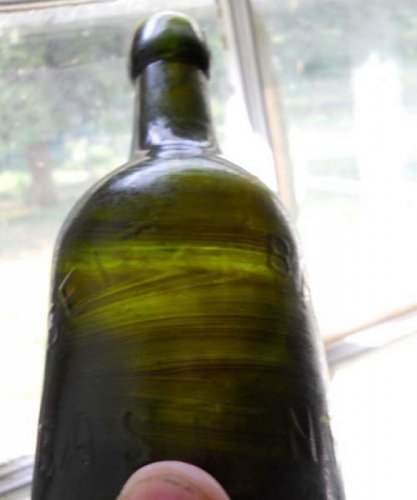gotthefever
Member
- Joined
- May 14, 2012
- Messages
- 17
- Reaction score
- 0
- Points
- 1
Was wondering what methods some of you guys use to tumble your glass. I have seen some really nice results and I have seen some less than perfect results. I see a lot of bottles that once tumbled still have an overall haze to the inside.


